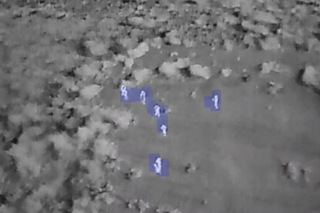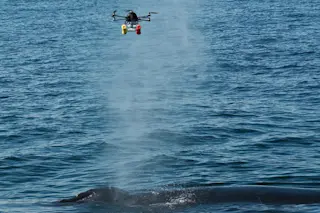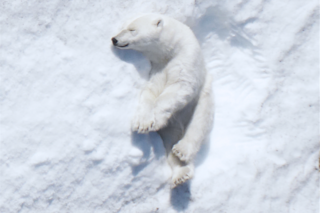The recent earthquake in Nepal demonstrated yet again how difficult it is to reliably predict natural disasters. While we have a good knowledge of the various earthquakes zones on the planet, we have no way of knowing exactly when a big quake like the 7.8-magnitude event in Nepal will happen. But we know that many animals seem able to sense the onset of such events. We could use powerful computers to monitor herds of animals and make use of their natural instincts to provide forewarning of natural disasters. Immediately before an earthquake, herds of animals often start to behave strangely – for example suddenly leaving their homes to seek shelter. This could be because they detect small, fast-traveling waves or because they sense chemical changes in ground water from an impending earthquake. Although there are possibilities here, we certainly need more studies – because it’s difficult to find statistically significant ...
Animal Tracking Could Help Predict Earthquakes
Discover how the recent earthquake in Nepal highlights animal behavior and earthquakes in predicting natural disasters.
More on Discover
Stay Curious
SubscribeTo The Magazine
Save up to 40% off the cover price when you subscribe to Discover magazine.
Subscribe












